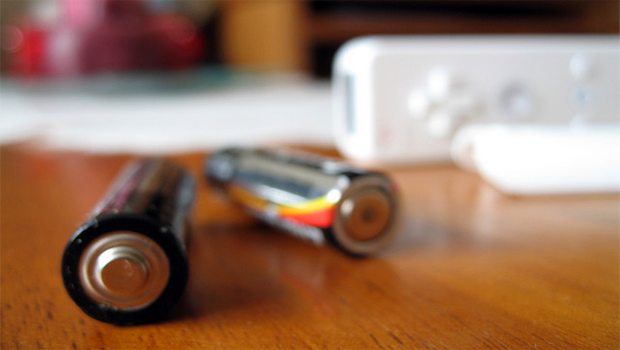Nanotubes development could double battery life

The dream of many scientists for over a decade has been to develop a way to improve batteries that are lithium-ion based and therefore extend battery lifespans.
By replacing the graphite component in one terminal with silicon — which can store up to ten times more charge — life can be improved. However, after only a charge and discharge cycles, the silicon cracks and disintegrates, rendering the batteries useless.
Now, a team of scientists from Stanford and the Stanford National Accelerator Laboratory (SLAC), led by materials scientist Yi Cui have developed a solution: a double-walled nanostructure that lasts over 6,000 cycles before disintegrating.
Lithium-ion batteries are used in order to power everything from electronic vehicles to household electronics due to the relatively high amount of power they contain within a small package. The system works by a control mechanism limiting the amount of lithium ions flowing through a fluid electrolyte between two terminals — called the anode and cathode.
The anodes are made of graphite to store charge. However, the graphite can only accommodate a sixth of carbon atoms clinging to a lithium ion — resulting in inefficient energy release. In contrast, silicon allows four lithium ions to bind to one silicon atom — boosting energy by up to ten times.
The problem is this reaction also causes the lithium to swell and shrink, causing rapid damage to the battery.
To try and prevent this, the team of scientists designed double-walled silicon nanotubes that are coated in silicon oxide. The latest prototype is the result of five years of experimentation, and the tough ceramic nature of silicon oxide keeps lithium from expanding — reducing the amount of damage caused through chemical reactions.
Testing has shown by keeping the silicon within the hollow interior of the nanotubes, batteries have been able to survive with an 85 percent capacity for over 6,000 charge and discharge cycles.
You can return to the main Market News page, or press the Back button on your browser.

